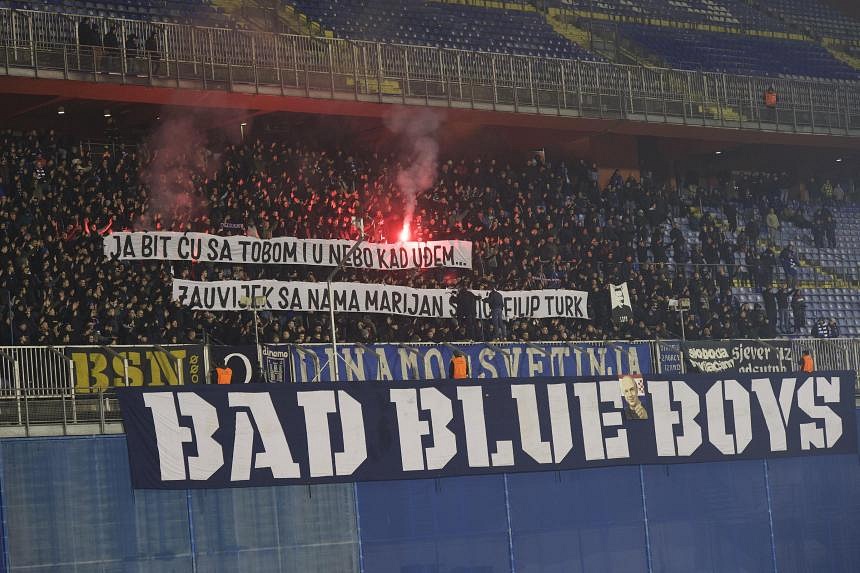Football
How Croatia’s football team keep punching above their weight

ZAGREB – Maksimir Stadium, Croatia’s national arena, has a storied past. It was where riots often broke out in the period before Croatia gained independence in 1991, and it has since become a fortress for the country’s national football team.
Visitors to the 111-year-old stadium are greeted by a pristine field, meticulously cut into two-toned green with under-soil heating technology, the 35,123-seater facility held up by thick columns of concrete pillars. To enter, one has to get through full-height metal turnstiles and climb makeshift stairs in this antiquated but iconic venue.
While world No. 10 Croatia are in the top echelon of Fifa’s world rankings along with the likes of Argentina (No. 1), France (No. 2) and England (No. 4), they are still playing catch up in terms of stadium infrastructure.
Yet, with a country of only 3.8 million people and a gross domestic product (GDP) of US$78.8 billion (S$106.3 billion) as of 2023, there is no doubt that it has footballing pedigree.
For the record, Singapore has about 40 per cent more citizens and a GDP that is six times more than Croatia.
Many have wondered how a nascent country has finished in the top three of the World Cup thrice, despite its 56,584 sq km size making it only the 19th largest country in the European Union by land mass.
Small country, big advantage
Croatian Football Federation (HNS) head of communications Tomislav Pacak believes its relatively small population and size are advantages when it comes to consolidating talent.
“It’s unlikely for us to miss out on someone who is really talented just because we have a small base,” Pacak said. “We usually find every talent in Croatia.”
In Croatia, talent spotting is simplified with a vast network comprising about 120,000 players playing for 2,000 football clubs and academies. These clubs are split into 21 counties, across the five major regions — Zagreb, Split, Rijeka, Osijek and Varazdin.
Youth competitions are held regularly from the Under-sevens to U-19s. In each county, an instructor monitors the progress of high-performing players in the respective leagues.
The creme de la creme will eventually represent Croatia at international youth tournaments like the U-19 Euros and U-17 World Cup.
Dear diaspora
Beyond scouting locally, HNS also taps into its diaspora. Every few months, a team of scouts will travel to check in on foreign-born Croatian talents living abroad.
“Croatia has a long history of success of great talents that were born and raised in other countries,” Pacak said, referring to the likes of Josip Simunic (Australia), Niko and Robert Kovac (West Germany) and Ivan Rakitic (Switzerland).
“Long term, the idea is to find talents early enough so we can attract them to play for Croatia. If they don’t have sufficient coaching wherever they are, we try to offer them a better solution.”
Since 2004, a team of diaspora players have been competing with other top local clubs in an Under-14 tournament known as the Defenders’ Memorial. There are also other international competitions at U-15, U-17 and U-19 levels.


)






